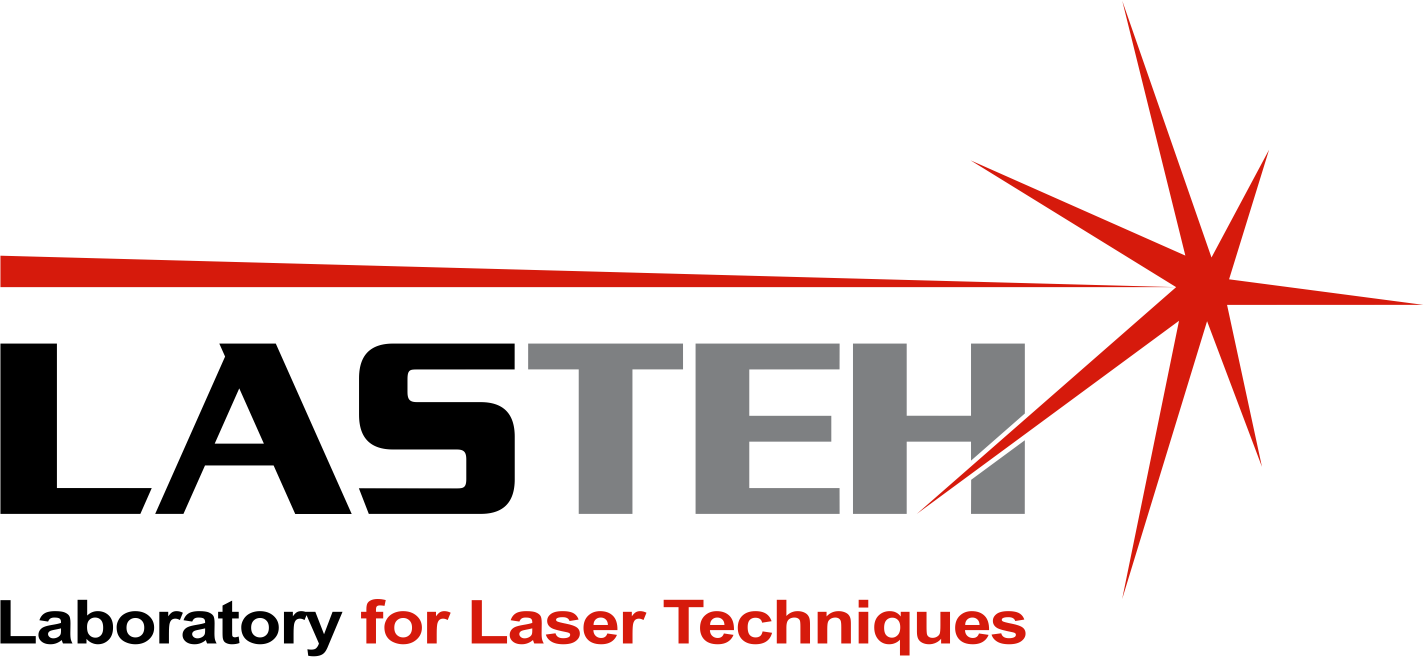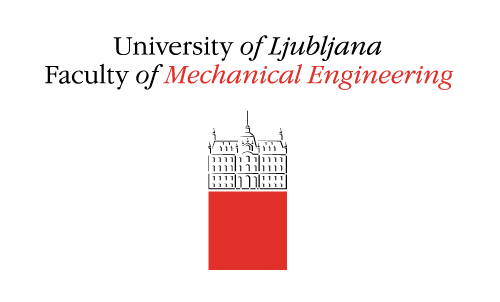The interaction between the osteosarcoma cell and laser-textured metallic surface
15. May, 2020 6:46 | Peter Gregorcic | News
Within the ARRS research project Laser micro and nano structuring for development of biomimetic metallic surfaces with unique properties (LaMiNaS) we have studied how laser texturing of stainless steel by high-fluence, nanosecond laser pulses influences interaction between functionalized metallic surface and the osteosarcoma cells. The results, published in Surface and Coatings Technology show that nanostructured oxide surface reduces cell adhesion and results in cellular stress.

The irradiation of metallic surfaces by high-fluence laser pulses in an oxygen-containing atmosphere inevitably modifies the surface topography, chemistry, and wettability. These modifications significantly influence cell-surface interactions and, consequently, surface biocompatibility.
In collaboration between LASTEH, Institute of Metals and Technology and Department of Biology at Biotechnical Faculty (University of Ljubljana), we investigated how surface texturing by high-fluence nanosecond laser pulses from a Nd:YAG laser (wavelength of 1064 nm) influences cell adhesion and morphology with the aim of assessing its impact on initial cell behavior. The results reveal that the initial interaction (within first 24 h) between the cells and the laser-textured surfaces leads to round shaped cells with a smaller footprint. Contrarily, on the non-processed stainless-steel and control-glass surfaces the polygonal, highly elongated, and flattened cells are observed. The cells on the laser-textured surfaces are less dendritic, with short tubular protrusions and an overexpression of extracellular vesicles, which are rarely found on non-treated and control samples. This likely happens due to the formation of nanostructured, high-temperature oxides that are induced by laser ablation. The analysis by X-ray photoelectron spectroscopy reveals that the laser-textured stainless-steel surfaces contain Cr hexavalent oxide, which is more toxic than the native oxide layer on the non-processed samples.
The presented results show that osteoblast cells respond to a combination of modified surface topography, roughness, wettability, and chemistry already within 24 h. Thus, they endorse laser surface engineering as an appropriate method for surface modification to control the surface biocompatibility. Further studies will go in the direction of laser texturing under different gas atmospheres (N2, Ar, and CO2), since they significantly influence surface chemistry at similar surface topography.
The original scientific paper is available under CC BY 4.0 license at: https://doi.org/10.1016/j.surfcoat.2020.125878

